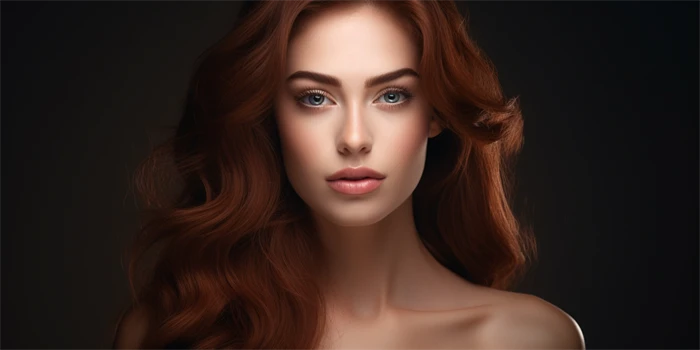This article aims to explore the factors behind the occurrence of double eyelids and triple eyelids among individuals. It delves into the debate surrounding genetic predisposition versus cosmetic choices, looking at various aspects such as cultural influences, surgical procedures, and personal preferences.

The Influence of Genetics
When it comes to double eyelids and triple eyelids, genetics play a significant role. Double eyelids, wherein a crease is present on the upper eyelid, are more commonly found among individuals of East Asian descent. This is because of a natural variation in the anatomy of the eyelids, specifically, the attachment of the levator muscle.
On the other hand, triple eyelids, which feature an additional crease on the upper eyelid, are less common and often considered a variation of double eyelids. The occurrence of triple eyelids can also be attributed to genetics, although it is less well understood compared to double eyelids.
Research suggests that specific genes related to collagen formation and tissue elasticity may contribute to the development of double eyelids or triple eyelids. However, further studies are necessary to fully understand the genetic factors involved.
Cultural Influences and Stereotypes
In many East Asian countries, double eyelids are considered a beauty ideal and are often associated with a more Westernized appearance. This cultural influence has led to a high demand for double eyelid surgery, also known as blepharoplasty, among individuals who do not naturally have double eyelids.
While some argue that this preference stems from a desire to conform to Western standards of beauty, others view it as a personal choice and a form of self-expression. It is important to recognize that individuals should have the autonomy to make decisions about their appearance without judgment.
The Rise of Cosmetic Procedures
The popularity of cosmetic procedures, including double eyelid surgery, has increased significantly over the years. Advancements in medical technology and techniques have made these procedures more accessible and less invasive, leading to a broader acceptance of cosmetic choices.
Double eyelid surgery involves creating a crease on the upper eyelid through either a non-incisional or incisional method. The non-incisional method utilizes sutures to form the desired crease, while the incisional method involves creating a small incision to remove excess skin and reshape the eyelid.
It is crucial to note that while cosmetic procedures can enhance one's appearance, they should not be seen as a requirement for beauty or self-worth. Every individual should feel comfortable and confident in their natural features.
Personal Preferences and Self-Identity
For some individuals, having double eyelids or triple eyelids goes beyond cultural influences or societal standards of beauty. It may be a matter of personal preference and a way to enhance their self-identity. Just as people choose different hairstyles or clothing styles, the choice to modify or enhance one's eyelids should be respected.
Moreover, it is essential to recognize that cosmetic choices do not define a person's worth or character. The decision to undergo double eyelid surgery or embrace one's natural eyelid shape is subjective and should be met with understanding and support.
Understanding Body Positivity
Body positivity is an important aspect of self-acceptance and embracing diversity. It is vital to celebrate and appreciate the diverse features and characteristics that make each individual unique. This includes recognizing and respecting different eyelid shapes, whether it be double eyelids, triple eyelids, or monolids.
Embracing body positivity encourages a society that values and respects individuals for their inherent qualities and contributions, rather than adhering to narrow ideals of beauty.
FAQs: Frequently Asked Questions
1. Are double eyelids more common among certain ethnicities?
Yes, double eyelids are more common among individuals of East Asian descent, although they can be found in individuals of other ethnicities as well.
2. Can you naturally develop double eyelids or triple eyelids without surgery?
Yes, some individuals naturally have double eyelids or triple eyelids without undergoing any surgical procedures.
3. What are the potential risks associated with double eyelid surgery?
As with any surgical procedure, there are potential risks and complications, such as infection, scarring, and asymmetry. It is essential to consult with a qualified and experienced surgeon and discuss the potential risks beforehand.
4. Can double eyelid surgery be reversed?
Double eyelid surgery is generally considered permanent; however, in some cases, revision surgery may be performed to adjust or correct the results.
5. Does having double eyelids or triple eyelids affect vision?
No, having double eyelids or triple eyelids does not typically affect vision. However, if the eyelids are excessively heavy or droopy, it may potentially impact vision and require medical attention.



